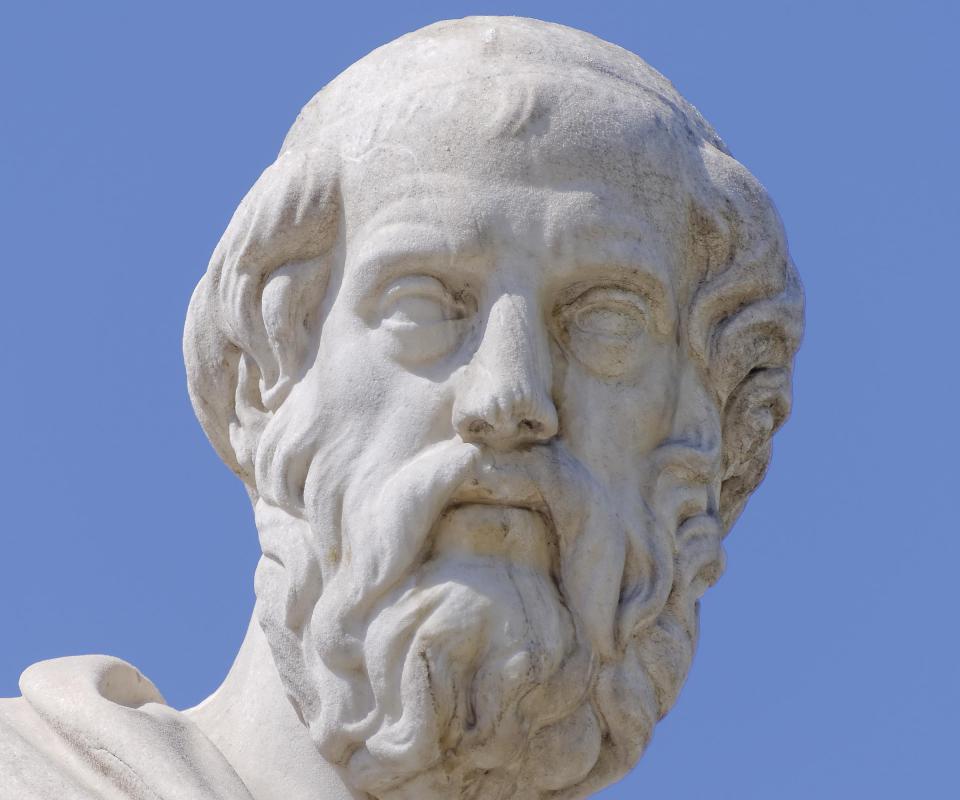At LanguageHumanities, we're committed to delivering accurate, trustworthy information. Our expert-authored content is rigorously fact-checked and sourced from credible authorities. Discover how we uphold the highest standards in providing you with reliable knowledge.
What Is Ekphrasis?
Ekphrasis, or ecphrasis, is the description of a work of art, such as a painting or sculpture, in a literary passage. More generally, it refers to the portrayal of any work of art in another medium, such as a piece of music inspired by a painting. Ekphrasis is a Greek phrase meaning “proclaim,” referring to its original meaning in Greek philosophy. Despite the difficulty of representing one art form in another medium, it has produced some legendary works of literature. It should not be confused with adaptation, the act of creating a work of art, such as a film or comic, based on another work in its entirety.
In ancient Greece, philosophers such as Plato and Socrates analyzed everything, including art and literature. They used the term “ekphrasis” for the practice of describing or representing anything from the real world in a work of art. Like many other ideas in Greek philosophy, this was rediscovered by the later writers of the European Renaissance and Enlightenment. Unlike similar concepts, a new term was not created; the original Greek word was retained, sometimes spelled with a “c.” The term, however, came to represent a more specific idea: the tendency for writers to pause during a dramatic passage to describe a work of art at length.

In The Canterbury Tales, for example, Geoffrey Chaucer halts the action of “The Knight’s Tale” to describe a coliseum and a temple in detail, then to describe the artwork hanging on the walls of the temple. These are both examples of ekphrases, the plural form of the term. Perhaps the most famous example of ekphrasis is John Keats’ poem “Ode on a Grecian Urn.” Inspired by the beauty of a historic artifact, Keats composed a poem that is still considered one of the classic examples of Romantic poetry. In fact, the poem has become more famous than the vase that inspired it.

Oscar Wilde’s novel The Picture of Dorian Gray is an example of ekphrasis in which the work described, the painting of the title, is entirely fictional. Ironically, the plot of the book hinges on a real work, the French novel A Rebours, which inspires Dorian Gray to madness and murder. A modern example of ekphrasis is the Stephen Sondheim musical Sunday in the Park with George. The play is about the French painter Georges Seurat and his famous painting, A Sunday Afternoon on the Island of La Grande Jatte. It uses a fictionalized version of Seurat to portray the conflicts many artists face in their personal lives.

The central difference between ekphrasis and adaptation is that an ekphrasis is just a portion of a longer work. An adaptation’s sole purpose is to represent a work of art in another form, however difficult that may be. A popular saying attributed to comedian Martin Mull is, “Writing about music is like dancing about architecture.” The saying metaphorically describes the difficulty of using one art form to fully describe another. Music review columns in newspapers, magazines, and websites have often whimsically used the title “Dancing About Architecture.”
AS FEATURED ON:
AS FEATURED ON:













Discuss this Article
Post your comments